Choosing the right dog food is important for your pet’s health. Low in fat dog food can help dogs maintain a healthy weight and prevent health issues.
Many dog owners worry about their pets’ diets. A high-fat diet can lead to obesity and other problems, such as heart disease. Low in fat dog food offers a great option for dogs that need to lose weight or stay healthy.
These foods are often packed with nutrients and flavor, ensuring your dog enjoys every bite. By selecting low-fat options, you can support your dog’s well-being while keeping them happy. Understanding the benefits of low-fat dog food can help you make better choices for your furry friend. Let’s explore why this choice matters for your dog’s health.
Table of Contents
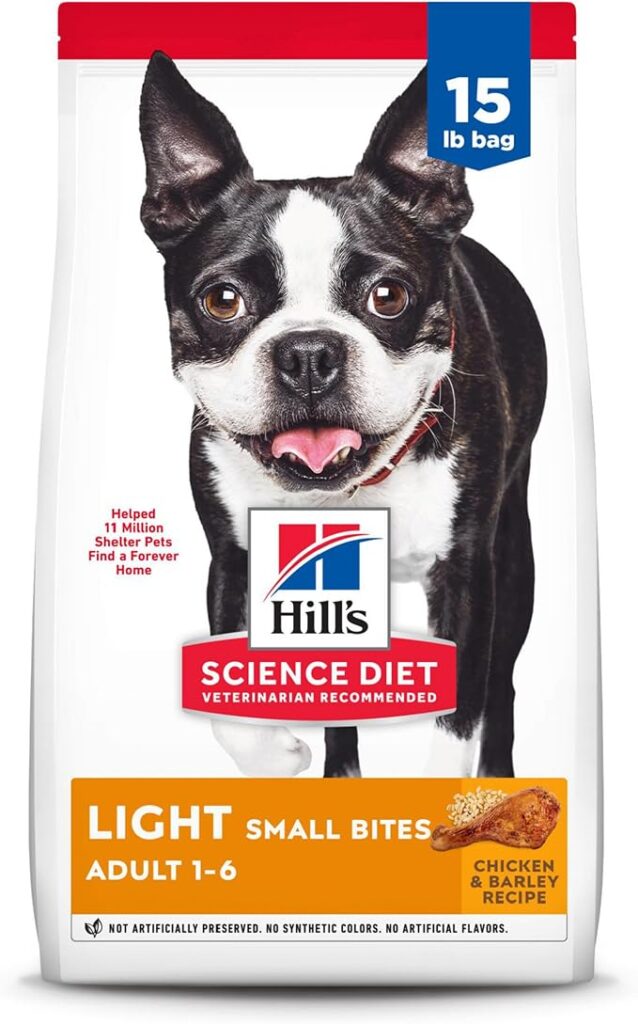
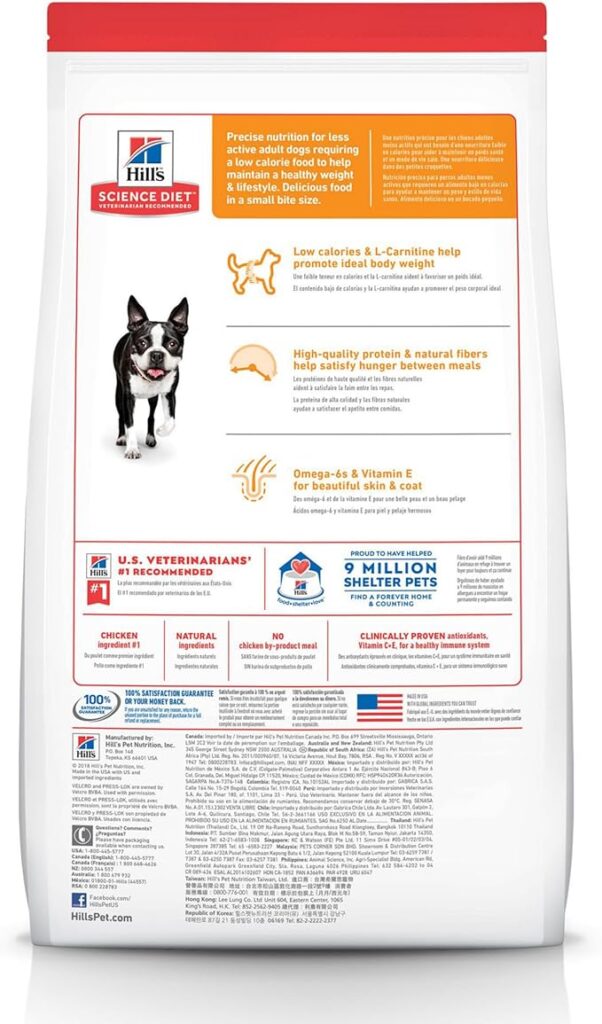
Benefits Of Low-fat Dog Food
Low in fat dog food offers many benefits for your furry friend. Choosing dog food low in fat can help maintain a healthy weight and improve overall health. Many dogs struggle with obesity, and low-fat options can play a key role in weight management. These foods are designed to provide essential nutrients without excess calories. They are perfect for dogs that require a special diet, like those with pancreatitis. Understanding the benefits of low-fat dog food helps pet owners make informed choices for their pets.
Weight Management
Maintaining a healthy weight is crucial for your dog’s well-being. Excess weight can lead to serious health issues. Low-fat dog food is an effective solution for weight management. It helps dogs feel full without adding unnecessary calories. This type of food is especially useful for dogs that need to lose weight or maintain their current weight.
Benefits of low-fat dog food for weight management:
- Low calorie content
- Promotes healthy metabolism
- Reduces the risk of obesity
- Helps maintain muscle mass
Here’s a comparison of regular dog food versus low-fat dog food:
| Feature | Regular Dog Food | Low-Fat Dog Food |
| Calories per cup | 350 | 250 |
| Fat content | 15% | 8% |
| Protein content | 25% | 20% |
Using low-fat low protein dog food can help balance your dog’s diet while managing their weight. Always consult your veterinarian before making changes to your dog’s diet.
Digestive Health
Low-fat dog food can greatly improve your dog’s digestive health. Many dogs suffer from gastrointestinal issues. A diet low in fat can ease these problems. Low fat foods for dogs with pancreatitis are especially helpful. These foods reduce stress on the digestive system, allowing for better nutrient absorption.
Benefits of low-fat dog food for digestive health:
- Gentle on the stomach
- Reduces inflammation
- Supports healthy digestion
- Improves nutrient absorption
Consider these signs of digestive issues in dogs:
- Vomiting
- Diarrhea
- Loss of appetite
- Weight loss
Switching to just food for dogs low fat can help improve your dog’s overall health. Monitor your dog’s reaction to new food closely. It’s important to ensure that any dietary changes suit their unique needs.
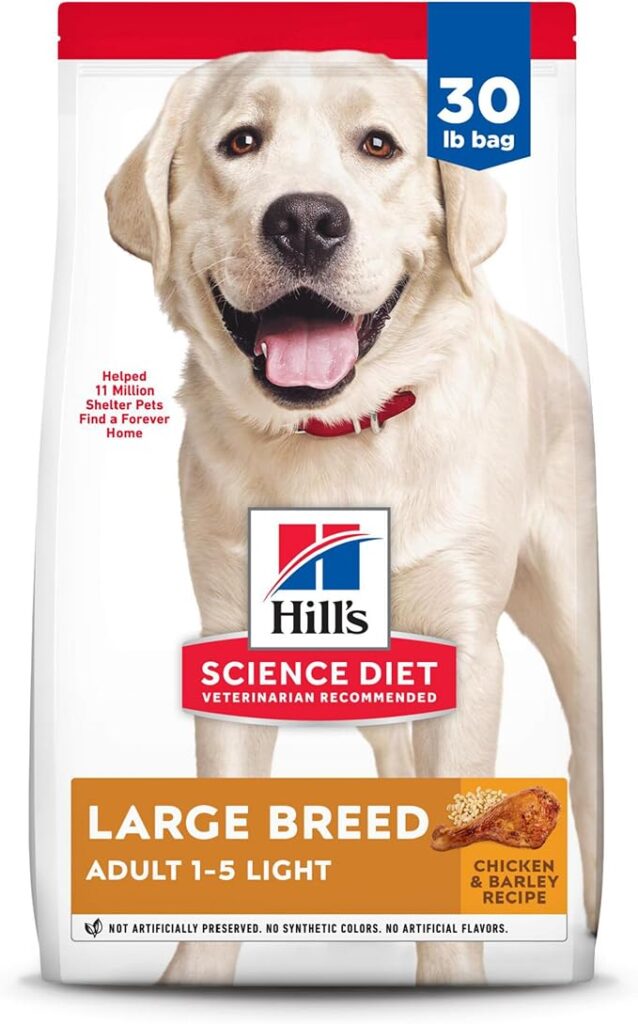
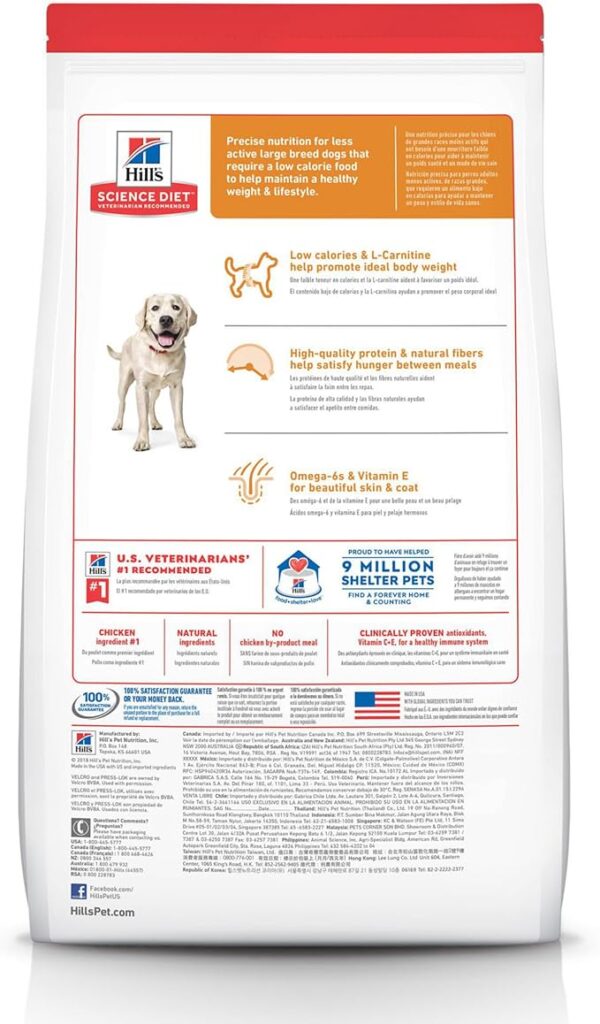
Key Ingredients To Look For
Choosing the right dog food is vital for your pet’s health. Low in fat dog food is an excellent option for dogs needing to manage their weight or health issues. Understanding the key ingredients is essential. Look for foods rich in lean proteins and whole grains. These ingredients provide nutrition while keeping fat content low.
Lean Proteins
Lean proteins are a crucial part of a low fat dog food diet. They provide the necessary amino acids for muscle health and energy without excess fat. Here are some good sources of lean proteins:
- Chicken
- Turkey
- Fish
- Lean cuts of beef
These proteins help your dog maintain a healthy weight. They support strong muscles while offering a tasty meal. Look for dog food low in fat that lists these proteins as the first ingredient.
Consider the following table for a quick comparison of protein sources:
| Protein Source | Fat Content (per 100g) |
| Chicken (skinless) | 3.6g |
| Turkey (skinless) | 3.3g |
| White Fish | 1.5g |
| Lean Beef | 10g |
Choosing dog food low in fat with lean protein helps dogs with pancreatitis. It keeps their meals nutritious and tasty.
Whole Grains
Whole grains are another important ingredient in low fat dog food. They provide energy and essential nutrients. Whole grains are rich in fiber, which aids digestion and keeps your dog feeling full.
Good sources of whole grains include:
- Brown rice
- Oatmeal
- Barley
- Quinoa
These grains are low fat foods for dogs with pancreatitis. They help maintain a healthy digestive system. Look for dog food that lists whole grains among the first few ingredients.
Here’s a quick overview of the benefits of whole grains:
| Whole Grain | Benefits |
| Brown Rice | Good source of fiber, helps digestion |
| Oatmeal | Rich in vitamins, promotes heart health |
| Barley | Supports healthy digestion, low in fat |
| Quinoa | High in protein, gluten-free |
Choosing low fat low protein dog food with whole grains offers health benefits. It supports your dog’s overall well-being.
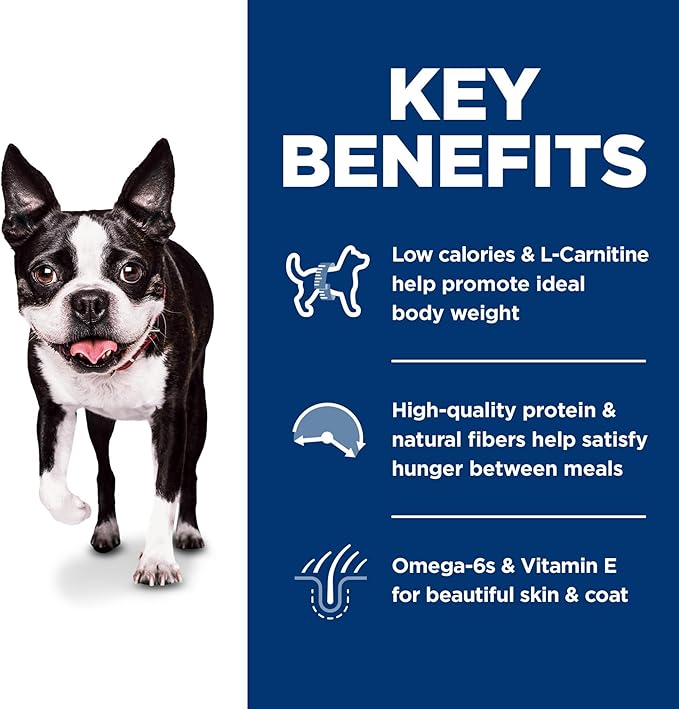
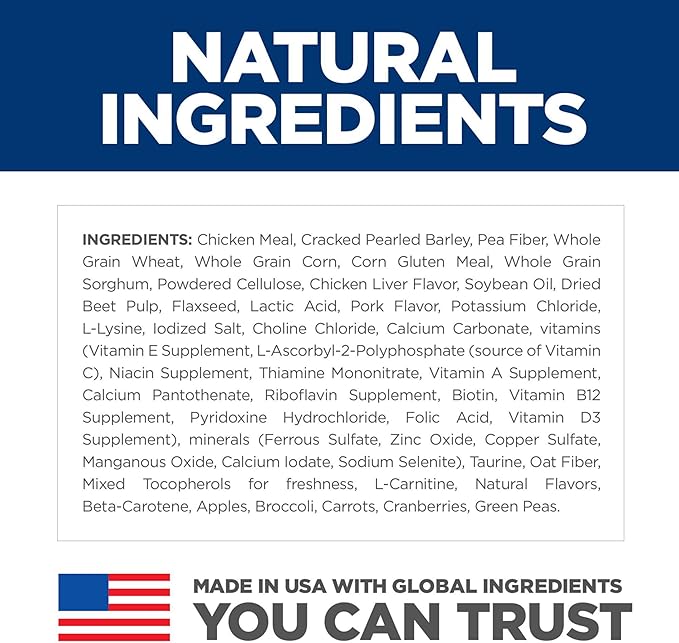
Common Low-fat Brands
Low in fat dog food is becoming popular among pet owners. Many dogs need a diet that is low in fat for health reasons. Some dogs suffer from obesity, pancreatitis, or other health issues. Choosing the right dog food low in fat can help manage these conditions. Several common low-fat brands provide good nutrition. Understanding these brands helps you make better choices for your furry friend.
Popular Options
There are many popular options for low in fat dog food. These brands focus on providing balanced nutrition while keeping fat content low. Here are some top choices:
- Hill’s Science Diet – This brand offers low fat low protein dog food. It is great for weight management and digestive health.
- Royal Canin – Their low fat foods for dogs with pancreatitis are well-known. They help maintain a healthy weight and support overall health.
- Purina Pro Plan – This brand provides options for dogs needing low fat diets. Their formulas are rich in nutrients and easily digestible.
- Just Food for Dogs – They offer a variety of fresh, whole food options that are low in fat. You can customize meals based on your dog’s needs.
Here is a quick comparison of these brands:
| Brand | Fat Content | Protein Source |
| Hill’s Science Diet | 10% | Chicken |
| Royal Canin | 7% | Chicken Meal |
| Purina Pro Plan | 8% | Salmon |
| Just Food for Dogs | 6% | Beef |
Brand Comparisons
Comparing low fat dog food brands helps you choose the best one for your pet. Each brand has unique qualities. Consider your dog’s health needs and preferences.
Hill’s Science Diet is often recommended by vets. It focuses on weight management and digestive health. Many owners find it effective for overweight dogs.
Royal Canin specializes in formulas for specific health issues. Their products work well for dogs with pancreatitis. They provide essential nutrients while keeping fat low.
Purina Pro Plan offers a variety of formulas. It is suitable for active dogs needing low fat diets. Their products are easy to digest and full of nutrients.
Just Food for Dogs stands out with fresh food options. You can choose recipes based on your dog’s specific needs. Their meals are customizable and made with whole ingredients.
Here’s a quick summary of what to consider:
- Health Needs: Check if your dog has specific health issues.
- Ingredients: Look for high-quality protein sources.
- Taste: Your dog should enjoy the food.
- Price: Compare prices to find a budget-friendly option.
Choosing the right low in fat dog food can lead to a happier, healthier pet.
Nutritional Requirements
Choosing the right food for your dog is crucial. Nutritional requirements play a key role in your dog’s health. Low in fat dog food can be a great option for dogs needing special diets. Understanding what nutrients your dog needs is essential. This knowledge helps you choose the best food for your furry friend.
Essential Nutrients
Low fat dog food provides vital nutrients. Dogs need a balance of proteins, fats, carbohydrates, vitamins, and minerals. Each of these nutrients serves a unique purpose:
- Proteins: Essential for muscle development and repair.
- Fats: Provide energy and support cell health.
- Carbohydrates: Offer energy and aid digestion.
- Vitamins: Important for overall health and immune function.
- Minerals: Support bone health and various bodily functions.
For dogs needing low fat low protein dog food, the protein source should be lean. Chicken and fish are great options. These foods help maintain muscle without adding excess fat. Vitamins and minerals should come from fruits and vegetables. They provide antioxidants and help with digestion.
Here is a simple table of essential nutrients for low in fat dog food:
| Nutrient | Function |
| Proteins | Muscle growth and repair |
| Fats | Energy source |
| Carbohydrates | Energy and digestive health |
| Vitamins | Immune support |
| Minerals | Bones and teeth health |
Caloric Needs
Caloric needs vary based on your dog’s size, age, and activity level. Low fat foods for dogs with pancreatitis are often lower in calories. You must ensure your dog gets the right amount of calories for their health. Understanding how to calculate your dog’s caloric needs is important.
The general formula for daily caloric needs is:
- For weight maintenance: 30 x (weight in kg) + 70
- For weight loss: 20 x (weight in kg) + 70
Here are some guidelines for different dog sizes:
- Small dogs (up to 10 lbs): 200-300 calories per day
- Medium dogs (10-30 lbs): 400-600 calories per day
- Large dogs (30-80 lbs): 800-1200 calories per day
Monitor your dog’s weight regularly. Adjust food portions as needed. Always consult your vet for personalized recommendations. This will help ensure your dog stays healthy and happy.
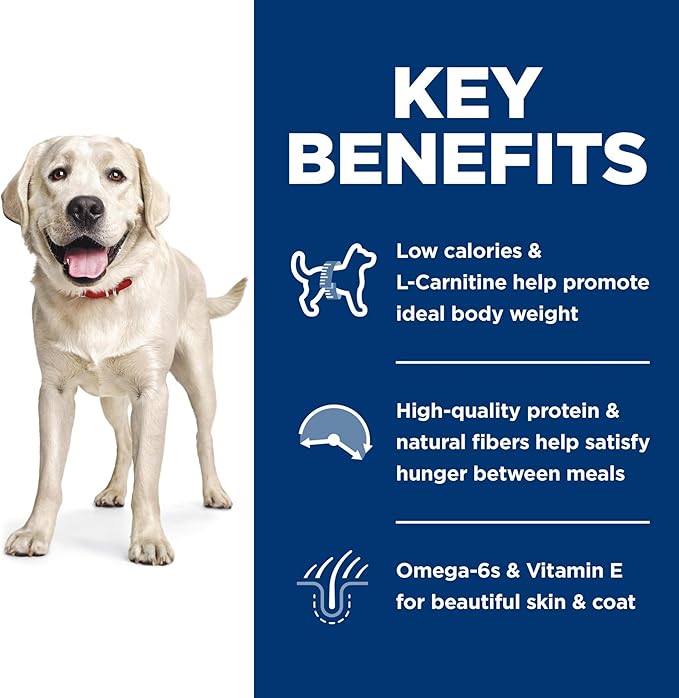
Transitioning To Low-fat Food
Transitioning to low-fat dog food can be a smart choice for your dog’s health. Many dogs need a diet lower in fat for various reasons. This can include weight management or health conditions like pancreatitis. Shifting to low-fat foods requires care and attention. A sudden change can upset your dog’s stomach. Follow a plan to help your dog adjust smoothly.
Gradual Changes
Making gradual changes is key to a successful transition. Start by mixing the new low in fat dog food with your dog’s current food. This will help your dog adjust to the new taste and texture.
- Begin with 25% low-fat food mixed with 75% current food.
- After a few days, increase the low-fat food to 50%.
- Then, shift to 75% low-fat food and 25% current food.
- Finally, serve 100% low-fat food.
This process usually takes about one to two weeks. Be patient. Each dog is different. Some may need more time to adjust. Watch for any signs of digestive upset, like diarrhea or vomiting. If you notice these signs, slow down the process.
Consider using a table to track your dog’s progress:
| Day | Food Ratio | Notes |
| 1-3 | 25% Low Fat, 75% Current | Monitor for adjustments |
| 4-7 | 50% Low Fat, 50% Current | Check for any digestive issues |
| 8-10 | 75% Low Fat, 25% Current | Observe energy levels |
| 11+ | 100% Low Fat | Fully transitioned |
Monitoring Health
Monitoring your dog’s health is crucial during this transition. Pay close attention to how your dog reacts to the new low-fat food. Look for any changes in behavior or health.
- Check for weight loss or gain.
- Watch for changes in energy levels.
- Note any digestive issues like diarrhea.
- Look for signs of discomfort after eating.
Regular vet check-ups can help track your dog’s health. Discuss the low fat low protein dog food options with your vet. They can suggest the best food for your dog’s needs, especially if your dog has pancreatitis.
Keep a health diary for your dog:
| Date | Weight | Energy Level | Notes |
| Week 1 | Weight in lbs | High/Medium/Low | Any issues observed |
| Week 2 | Weight in lbs | High/Medium/Low | Any issues observed |
Focus on your dog’s overall well-being. Adjust the diet as needed to ensure they thrive on low-fat foods.
Homemade Low-fat Recipes
Homemade low-fat recipes provide a great way to create nutritious meals for your dog. Making your own dog food can help control ingredients and ensure your pet eats healthy. Low in fat dog food can be beneficial for dogs that need to manage weight or have specific health issues. Recipes made at home can be tailored to your dog’s needs. You can create delicious meals using simple ingredients that are low in fat and high in flavor.
Simple Ingredients
Choosing the right ingredients is key to making dog food low in fat. Here are some simple ingredients to consider:
- Lean meats like chicken breast or turkey
- Brown rice or quinoa for carbohydrates
- Vegetables like carrots, peas, and spinach
- Fruits such as apples or blueberries for added nutrients
It’s important to avoid high-fat meats and processed foods. These can add unnecessary calories. Here’s a simple table of suggested low-fat ingredients:
| Ingredient | Benefits |
| Chicken Breast | Low in fat, high in protein |
| Brown Rice | Good source of carbohydrates |
| Carrots | Rich in vitamins and low in calories |
| Spinach | High in nutrients and low in fat |
These ingredients create a balanced meal for your pet. They are especially good for low fat low protein dog food. You can mix them together for a tasty dish that your dog will love.
Cooking Tips
Cooking homemade low fat foods for dogs with pancreatitis requires some simple tips. First, always cook meats thoroughly. This helps prevent any harmful bacteria. Second, steam or boil vegetables. This method keeps the nutrients intact. Avoid adding oils or butter, as these add extra fat.
Here are some helpful cooking tips:
- Use fresh ingredients for the best flavor and nutrition.
- Mix different proteins and vegetables for variety.
- Store leftovers in the fridge for up to three days.
- Always consult with your vet before changing your dog’s diet.
When preparing meals, keep portions in mind. A good rule is to feed your dog about 2-3% of their body weight in food each day. This ensures they receive enough nutrients without excess fat. By following these tips, you can make just food for dogs low fat that is healthy and enjoyable.
Potential Risks And Considerations
Choosing low in fat dog food can help manage your dog’s weight and health. However, there are potential risks and considerations. Not all low-fat diets are suitable for every dog. It’s crucial to understand the implications of switching to a low-fat diet. Nutritional deficiencies and allergies are common concerns. Both can affect your dog’s overall health and well-being. Careful planning is necessary when selecting dog food low in fat.
Nutritional Deficiencies
Low fat low protein dog food may lack essential nutrients. Dogs need a balanced diet to thrive. Reducing fat too much can lead to:
- Loss of energy
- Weak immune system
- Skin problems
- Digestive issues
Some vitamins are fat-soluble. This means they need fat to be absorbed properly. Without enough fat, dogs may not get:
| Nutrient | Role in Dog’s Health | Sources |
| Vitamin A | Supports vision and immune function | Fish oil, liver |
| Vitamin D | Helps in calcium absorption | Fish oil, egg yolks |
| Omega-3 Fatty Acids | Reduces inflammation, promotes skin health | Fish oil, flaxseed |
Consult with a veterinarian before switching to just food for dogs low fat. They can guide you on how to maintain a balanced diet. Monitor your dog’s health closely. Look for signs of deficiencies such as lethargy or poor coat condition.
Allergies
Many dogs have food allergies. Switching to low fat foods for dogs with pancreatitis can help. However, some low-fat ingredients may trigger allergies. Common allergens include:
- Chicken
- Beef
- Grains
- Dairy
Low fat dog food often uses different protein sources. This can be good or bad. Always check the ingredient list. Make sure it doesn’t contain anything your dog is allergic to.
Signs of food allergies include:
- Itchy skin
- Red or inflamed skin
- Digestive upset
- Ear infections
If you suspect allergies, consult your vet. They may recommend a special diet or allergy testing. Keep your dog healthy and happy by choosing the right low in fat dog food.
Consulting With Veterinarians
Low in fat dog food is essential for many dogs. It helps in managing weight and health issues. Consulting with veterinarians is crucial for pet owners. They provide expert advice on nutrition tailored to your dog’s needs. A vet can help you choose the best low fat dog food for your pet.
When To Seek Advice
Consult a veterinarian if your dog shows signs of weight issues or health problems. Signs may include:
- Obesity or overweight
- Frequent vomiting
- Diarrhea or loose stools
- Lethargy or reduced activity
These signs may indicate the need for a special diet. Low fat low protein dog food may be necessary for certain health conditions. Dogs with pancreatitis often require low fat foods for dogs with pancreatitis. A vet can assess your dog’s condition and recommend appropriate dog food low in fat.
Here’s a simple table to help you understand when to seek advice:
| Condition | Recommended Action |
| Obesity | Consult for low fat dog food options |
| Digestive Issues | Discuss low fat low protein dog food |
| Pancreatitis | Ask about just food for dogs low fat |
Tailored Recommendations
Every dog is unique. Their diet should reflect their specific needs. A veterinarian can provide tailored recommendations based on your dog’s health. They consider factors such as age, breed, and activity level. These factors influence the choice of low in fat dog food.
Talk to your vet about your dog’s needs. They may suggest:
- Specific low fat dog food brands
- Homemade meals that are low in fat
- Portion sizes based on your dog’s weight
Vets also help in monitoring your dog’s progress. Regular check-ups ensure your dog stays healthy. Adjustments to the diet may be necessary over time. This ensures your dog receives the right nutrition.
Choosing the right low fat foods for dogs with pancreatitis can be complex. Your vet will guide you in making safe choices. Trust their expertise for the best care of your furry friend.
Reading Dog Food Labels
Reading dog food labels is essential for pet owners. Choosing low in fat dog food helps maintain your dog’s health. It is vital to understand what you feed your furry friend. Labels provide crucial information. They help you choose food that meets your dog’s needs.
Ingredient Lists
The ingredient list is the first place to look. It shows what goes into your dog’s food. Ingredients are listed by weight. The first few ingredients hold the most weight. Look for quality sources of protein. Avoid fillers like corn and wheat. They add little nutritional value.
When choosing dog food low in fat, check for:
- High-quality meat (chicken, beef, fish)
- Whole grains (brown rice, oats)
- Fruits and vegetables (blueberries, carrots)
- Healthy fats (omega-3 fatty acids)
Some ingredients to avoid include:
- By-products
- Artificial preservatives
- Excessive fillers
Here’s a simple table to help you:
| Ingredient Type | Good Examples | Avoid |
| Protein | Chicken, Salmon | By-products |
| Carbohydrates | Brown Rice, Sweet Potatoes | Corn, Wheat |
| Fats | Fish Oil, Flaxseed | Artificial Fats |
For dogs with special needs, like pancreatitis, low fat foods for dogs with pancreatitis are crucial. Always read the ingredient list carefully.
Nutritional Analysis
Nutritional analysis is another key part of the label. It shows the balance of nutrients in the food. Look for the percentages of protein, fat, and fiber. Low fat low protein dog food may be suitable for certain health conditions. Check if the fat content is less than 10% on a dry matter basis.
Important factors to consider include:
- Crude protein: Look for at least 20% for active dogs.
- Crude fat: Should be low, around 8-10% for low fat options.
- Fiber: Aim for 3-5% to aid digestion.
Here’s a basic nutritional guideline:
| Nutrient | Recommended % |
| Crude Protein | 20% or more |
| Crude Fat | 8-10% |
| Crude Fiber | 3-5% |
Understanding the nutritional analysis helps you choose the right food. Just food for dogs low fat options are available. Make sure the food fits your dog’s lifestyle and health needs.
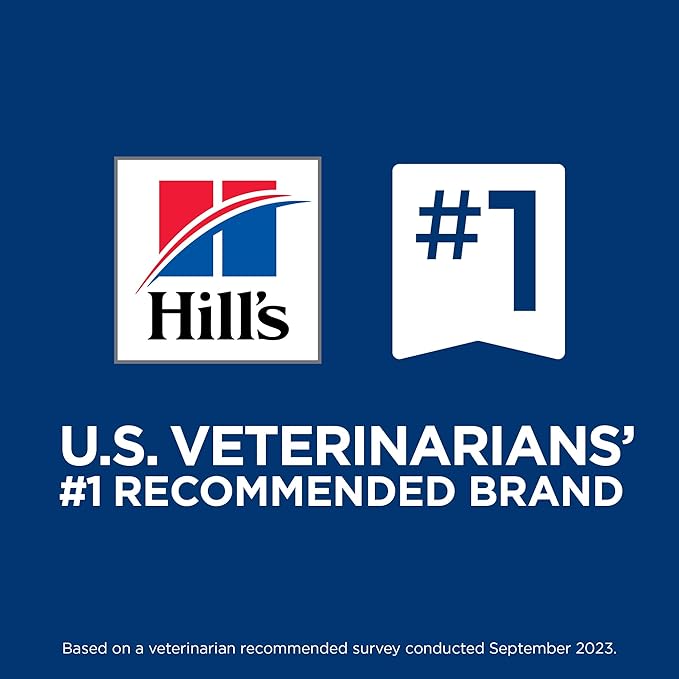
Success Stories
Success stories about low in fat dog food inspire many pet owners. These stories show how changing a dog’s diet can improve health. Dogs with weight problems or certain health issues often benefit from food low in fat. Owners share their journeys, highlighting changes in their pets’ energy levels and overall well-being. Many find that switching to low fat dog food leads to noticeable improvements.
Before And After
Many dogs struggle with weight and health issues before they switch to low in fat dog food. Owners often notice changes in behavior and health once they make the switch. Here are some common scenarios:
- Before: Dogs were lethargic and overweight.
- After: Dogs became more active and playful.
- Before: Some dogs had digestive problems.
- After: Switching to low fat low protein dog food improved digestion.
Consider this table showing a typical before-and-after scenario for a dog after switching to low fat dog food:
| Aspect | Before | After |
| Weight | 85 lbs | 70 lbs |
| Energy Level | Low | High |
| Skin Condition | Dry and Flaky | Shiny and Healthy |
| Overall Mood | Listless | Happy and Playful |
Many owners report that their dogs respond well to just food for dogs low fat. With the right low fat foods for dogs with pancreatitis, dogs can regain their health and happiness.
Owner Experiences
Pet owners share their stories about switching to low fat dog food. They often mention how their dogs changed for the better. One owner said their dog lost weight quickly after starting on low fat low protein dog food. The owner was amazed at how energetic their dog became after just a few weeks.
Here are some key points from various owner experiences:
- Improved appetite with low in fat dog food.
- Better digestion and fewer vet visits.
- Less shedding and healthier coats.
Many owners felt relieved knowing they were making a healthy choice for their pets. A happy owner shared how their dog, who had pancreatitis, thrived on low fat foods for dogs with pancreatitis. The dog now enjoys daily walks and plays in the yard.
Stories like these show the real impact of choosing the right dog food. They highlight the importance of a balanced diet for dogs. Owners find joy in seeing their pets healthy and active again.
Frequently Asked Questions
What Are The Benefits Of Low-fat Dog Food?
Low-fat dog food helps maintain a healthy weight. It can also support digestion and reduce fat-related health issues.
Who Should Feed Their Dogs Low-fat Food?
Dogs with weight problems or certain health issues may need low-fat food. Always consult your vet for advice.
Can Low-fat Dog Food Still Be Nutritious?
Yes, low-fat dog food can be nutritious. Look for options with quality proteins, vitamins, and minerals.
How Can I Transition My Dog To Low-fat Food?
Start by mixing small amounts of low-fat food with their current food. Gradually increase the low-fat portion over a week.
Is Homemade Low-fat Dog Food A Good Option?
Homemade low-fat dog food can be good. Ensure it meets your dog’s nutritional needs with advice from a vet.
Conclusion
Choosing low in fat dog food benefits your pet’s health. It can help maintain a healthy weight. Look for high-quality ingredients that provide essential nutrients. Always check the labels for fat content. Remember to transition slowly to avoid stomach upset.
Consult your vet for personalized advice. A balanced diet keeps your dog happy and energetic. Healthy choices lead to a longer life. Your dog deserves the best care possible. Make informed decisions for their well-being. Simple steps ensure your furry friend stays healthy and active.

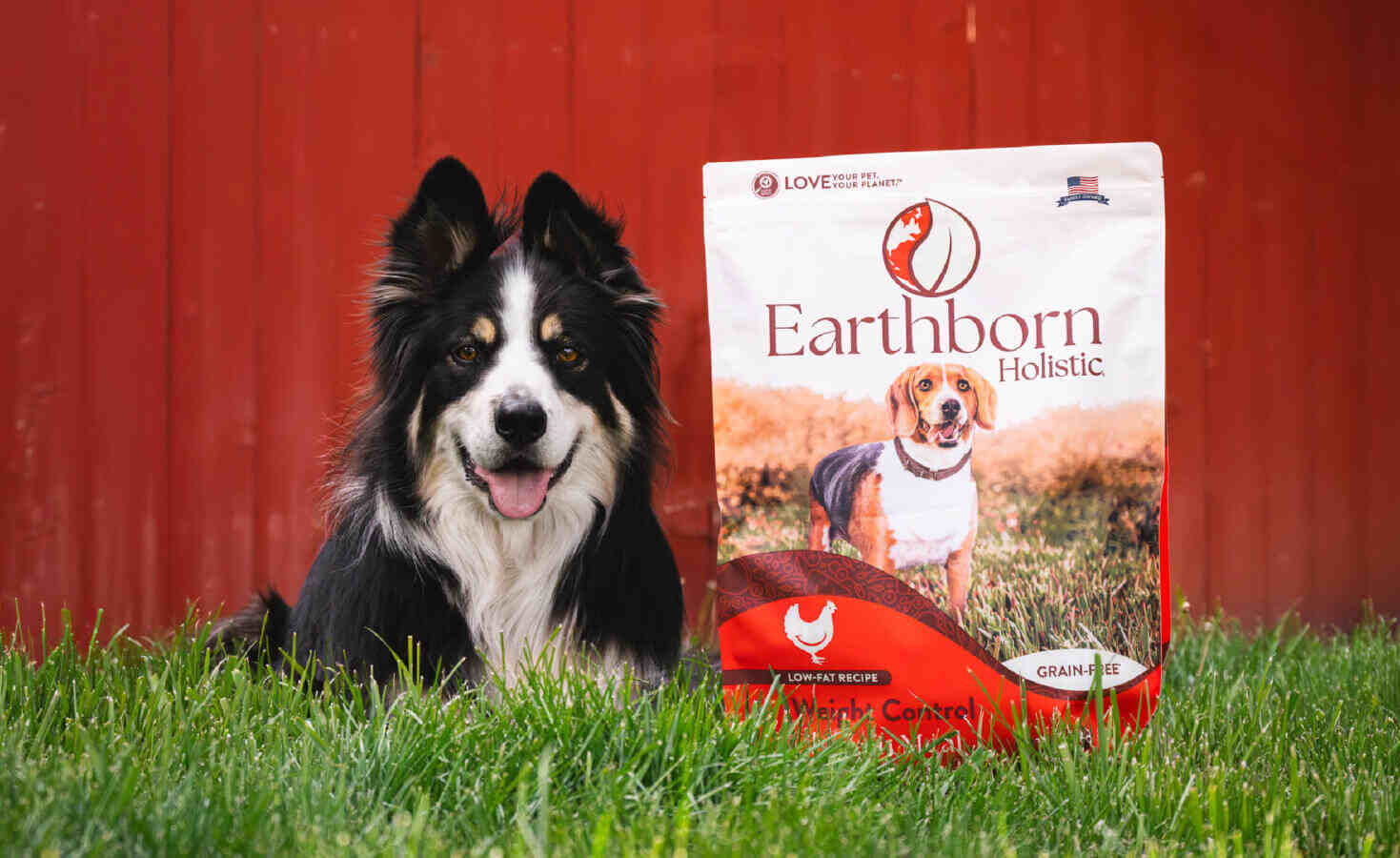
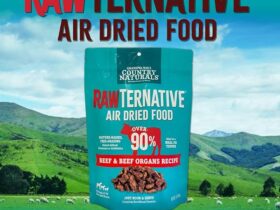
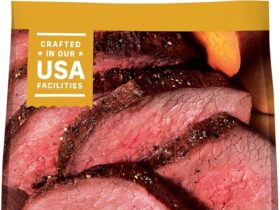

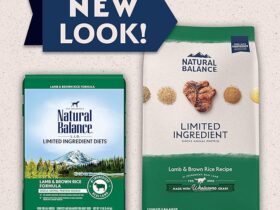


Leave a Reply